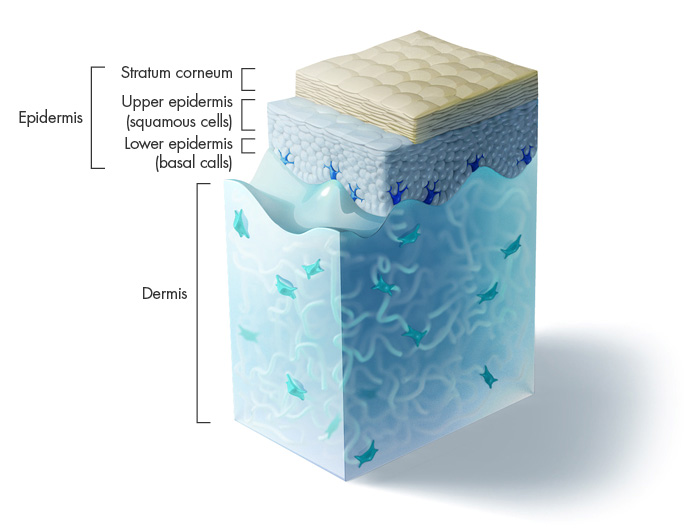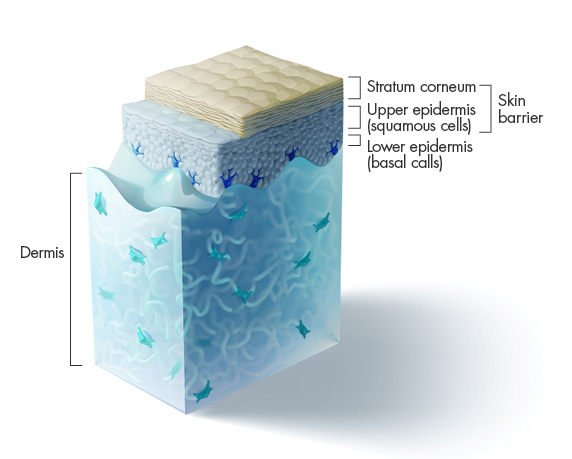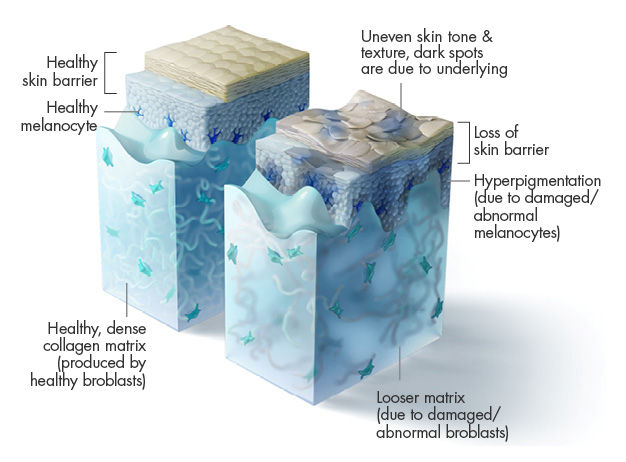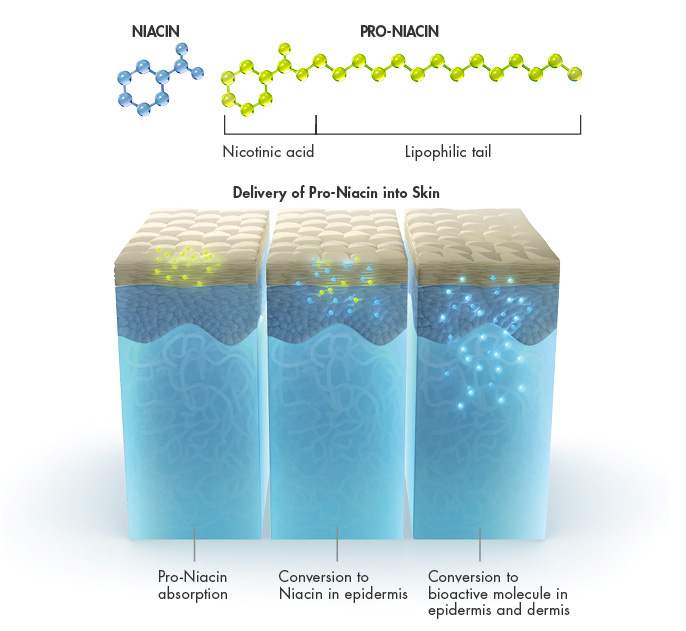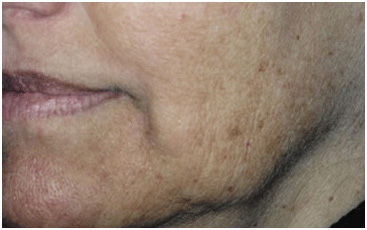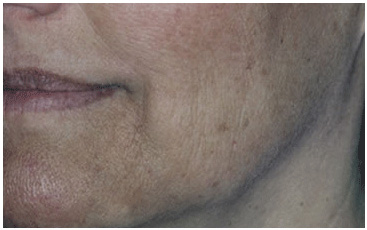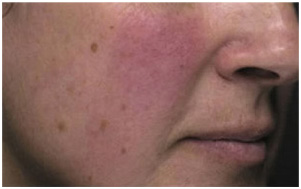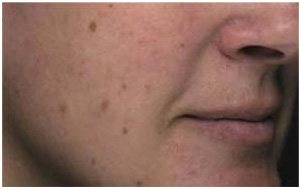Structure & Function Of The Skin
The skin is the largest immune organ of the body, covering the body’s entire surface. It consists of two mutually dependent layers – the epidermis and the dermis. The epidermis, which includes the stratum corneum, serves as the principal site of interaction with the environment, helping protect the body from environmental exposure, bacteria, toxins and UV radiation.



